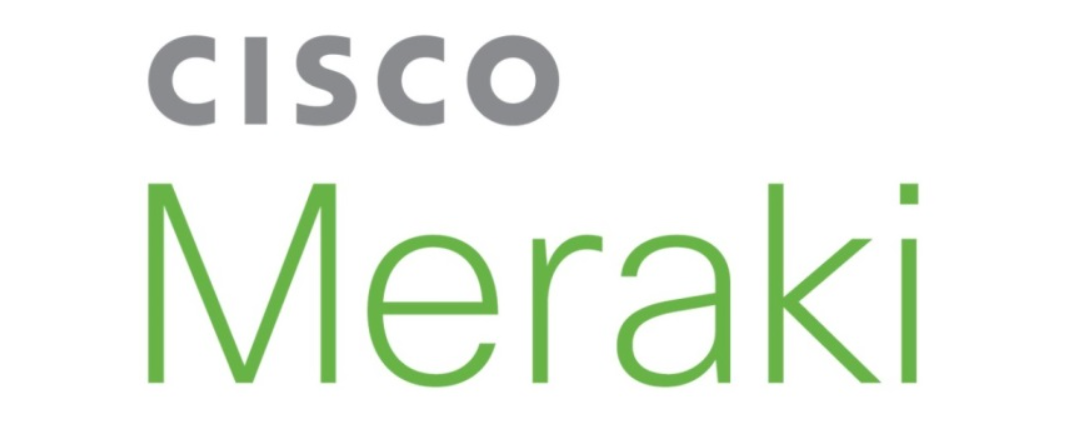When IT teams talk about fast Wi-Fi, they often focus on bandwidth. But real-world wireless performance depends on more than just theoretical speeds. It’s about consistent coverage, seamless roaming, low latency, and the ability to handle dozens or hundreds of simultaneous users running video calls, cloud apps, and smart devices.
This is where Cisco Meraki wireless access points stand out. Built for simplicity, scalability, and performance, Meraki APs offer centralized cloud management, powerful radio performance, and enterprise-grade security, without the overhead of traditional controllers. Whether you’re building out a small office or outfitting a multi-campus university, there’s a Meraki wireless access point designed to match your needs.
Here we will explore the best Cisco Meraki wireless access points for various environments, covering Wi-Fi 6, 6E, and the latest Wi-Fi 7 models. Our goal is to help you choose the best-performing AP for your specific deployment scenario.

“Performance” in wireless doesn’t just mean speed tests. A high-performing Cisco wireless access point ensures smooth video meetings, stable IoT device connections, and uninterrupted roaming between APs. It balances traffic intelligently, reduces jitter, and maintains throughput even in high-density areas.
Modern networks must support diverse traffic types simultaneously: cloud video calls, smart thermostats, AI-powered security cameras, and BYOD laptops. Latency-sensitive apps like VoIP or real-time analytics demand APs that prioritize and segment traffic efficiently.
The physical layout and user behavior also affect which Cisco wireless access point is best. A wide-open warehouse needs directional coverage. A university lecture hall needs dense, multi-client support. Selecting the right AP involves aligning specifications with real-world conditions, rather than just pursuing the highest throughput.
Cisco Meraki offers two main families of wireless access points:
Key Wi-Fi 6 models:
For Wi-Fi 7 and next-gen demands:
All Meraki wireless access points require a cloud license—either Essentials or Advantage—which unlocks centralized management, firmware updates, and feature sets.
Choose the CW9178 or MR56. These APs support massive client loads and deliver robust performance with features like dual 10G uplinks, quad radios, and dedicated scanning radios. In spaces with thousands of connected users, these models ensure low latency and minimal packet loss.
Go with the CW9166 or MR36. These APs include BLE, UWB, and container support for custom edge applications. They’re perfect for environments that rely on sensors, automation, or location analytics, such as hospitals, retail spaces, or smart offices.
Opt for the MR36H or MR46. These compact wall-mounted APs are ideal for hotel rooms, branch offices, and home-based workers who need enterprise-level security and performance without bulky gear. Built-in switch ports and PoE make them plug-and-play for any remote setup.
Choose the CW9176. It offers 4K-QAM support, MLO (Multi-Link Operation), and tri-band coverage with Wi-Fi 7. It’s the best Cisco Meraki wireless access point for organizations planning long-term and looking to maximize performance across 2.4, 5, and 6 GHz bands.

Every Cisco Meraki wireless access point is backed by one of the industry’s most intuitive and powerful tools: the Meraki cloud dashboard. This centralized platform provides full visibility into wireless performance, device health, user behavior, and application traffic across one or thousands of access points. IT teams can configure SSIDs, apply firewall rules, perform live packet captures, and deploy firmware updates—all from a browser or mobile device, without needing to be onsite.
Advanced security integrations set Meraki wireless access points apart. Native connections with Cisco Umbrella, Secure Connect, and Cisco Identity Services Engine (ISE) enable organizations to deploy secure guest access, enforce dynamic policies, and protect users at the DNS level without additional appliances. AI-driven tools optimize RF performance in real-time, balancing client loads, minimizing interference, and automatically adjusting channel and power settings for the optimal experience.
Meraki’s cloud-native architecture also simplifies troubleshooting. From client timelines to anomaly detection and root cause analysis, IT teams can diagnose and resolve connectivity issues more efficiently, thereby reducing downtime and support tickets. For organizations prioritizing simplicity, security, and scalability, Cisco Meraki wireless access points provide a comprehensive solution.
Choosing the right Meraki wireless access point isn’t just about radio specs—it’s also about ensuring the infrastructure supports the AP’s capabilities. Models like the CW9178 feature dual 10G multigigabit uplinks, allowing link aggregation for redundancy and throughput that matches high client density demands. Lower-tier models, like the MR36, offer 1G or 2.5G ports suitable for SMB or low-density deployments.
Power requirements also vary. While entry-level APs run on 802.3af PoE, high-performance models need PoE+ (802.3at) or even UPoE (802.3bt) to fully power advanced radios, IoT sensors, or integrated USB ports. It’s crucial to match your switch capabilities with the AP’s power requirements to prevent performance throttling.
Mounting options matter too. The MR46E supports external antennas for directional coverage in hallways or auditoriums. Wall-mountable models like the MR36H include integrated switch ports—ideal for hospitality or remote offices. When deploying a Cisco Meraki wireless access point, aligning ports, power, and placement with your physical environment ensures optimal performance and uptime.
Every Cisco Meraki wireless access point is managed through a cloud subscription license. The Essentials and Advantage licenses unlock Meraki’s full feature set. Essentials licence covers core networking, security, and management capabilities. Advantage adds location analytics, client usage insights, Meraki Health diagnostics, and advanced integrations with APIs and third-party systems.
For growing organizations, Meraki’s licensing model supports co-terming and license pooling, enabling multiple access points to share license terms and simplifying the renewal process. Whether you manage five APs or five thousand, this unified system streamlines lifecycle management and cost forecasting.
In large-scale deployments, centralized licensing becomes a major operational advantage. IT teams can assign licenses, move hardware between networks, and maintain compliance without manually tracking per-device activations. Combined with role-based access control and full audit trails, Meraki licensing ensures scalable, secure, and predictable management across your wireless infrastructure.
The best Meraki wireless access point depends entirely on your environment. For most enterprise offices, the MR46 delivers robust Wi-Fi 6 performance, reliable PoE+ operation, and cloud-managed simplicity. If your network serves high-density users, such as lecture halls, conference centers, or stadiums, the CW9178 or MR56 both offer top-tier performance with dual 10G uplinks and dedicated scanning radios.
For organizations preparing for long-term growth, Wi-Fi 7 models like the CW9176 offer future-ready technology including 6 GHz support, Multi-Link Operation, and 4K-QAM. These access points are ideal for environments with evolving bandwidth demands and growing IoT ecosystems.
Every Cisco Meraki wireless access point delivers consistent management, deep visibility, and integrated security, making them a strong fit for both centralized IT teams and decentralized networks. Choose based on density, application needs, and infrastructure compatibility to ensure the best return on your wireless investment.
Choosing the right wireless access point shouldn’t be a matter of guesswork. At Stratus Information Systems, we help businesses deploy Cisco Meraki wireless access points with precision, from initial planning to licensing and post-deployment optimization.
Contact us for product recommendations, model comparisons, and expert guidance.

Continue Reading...